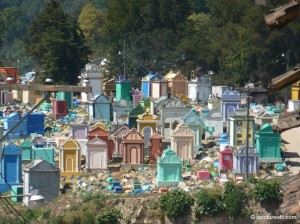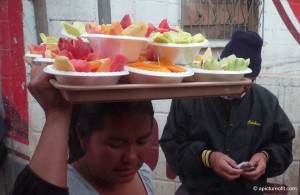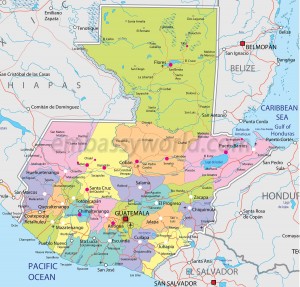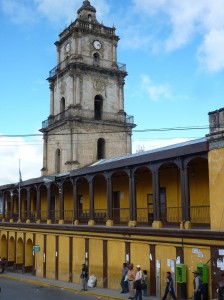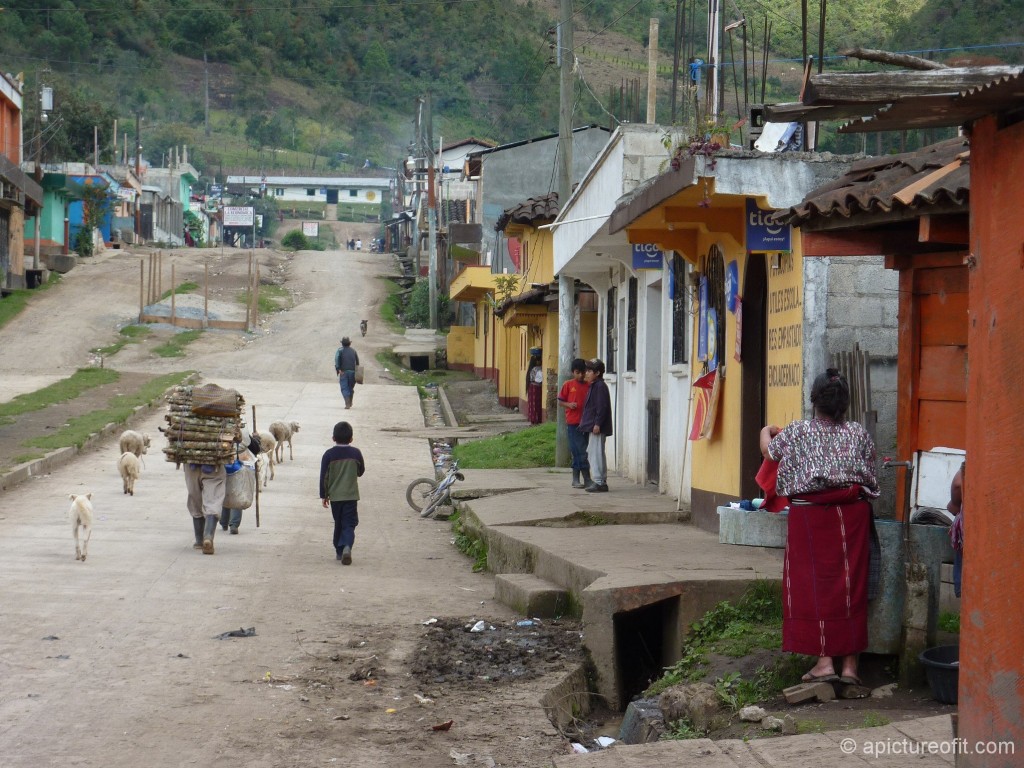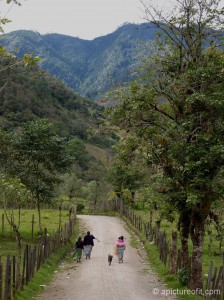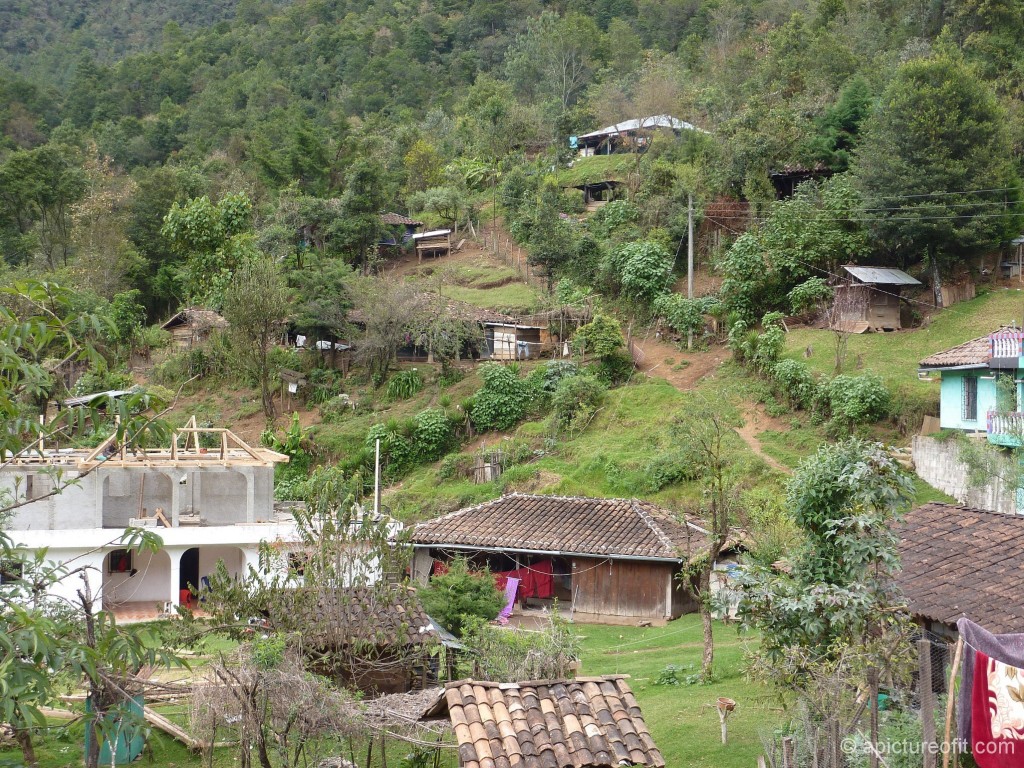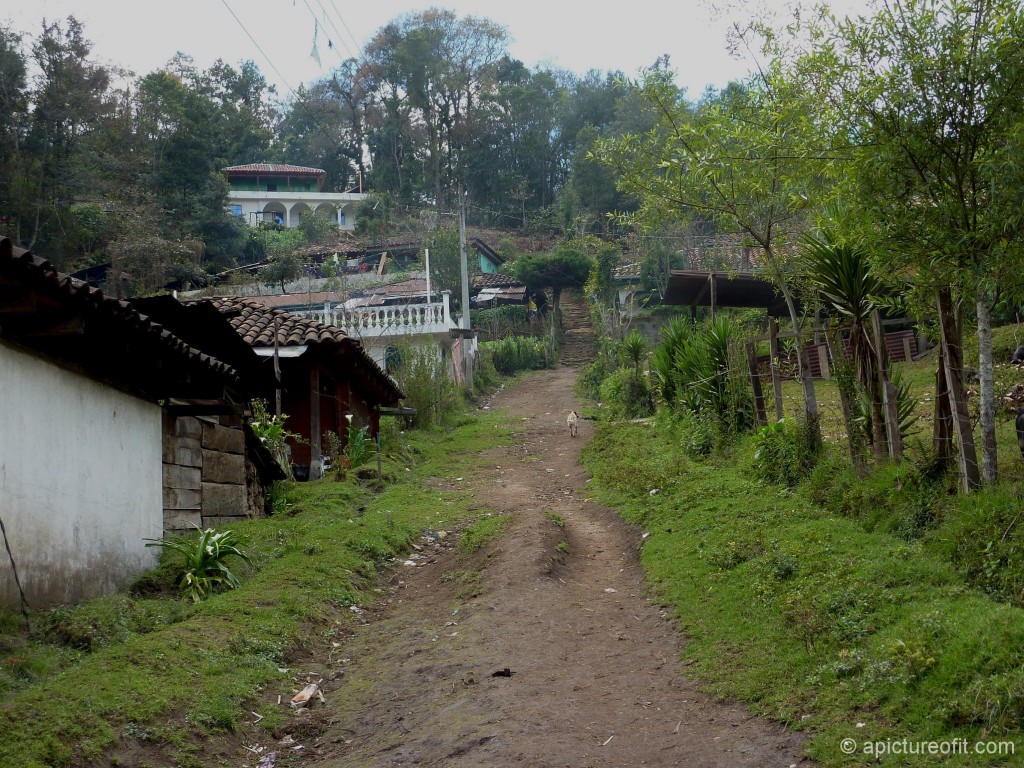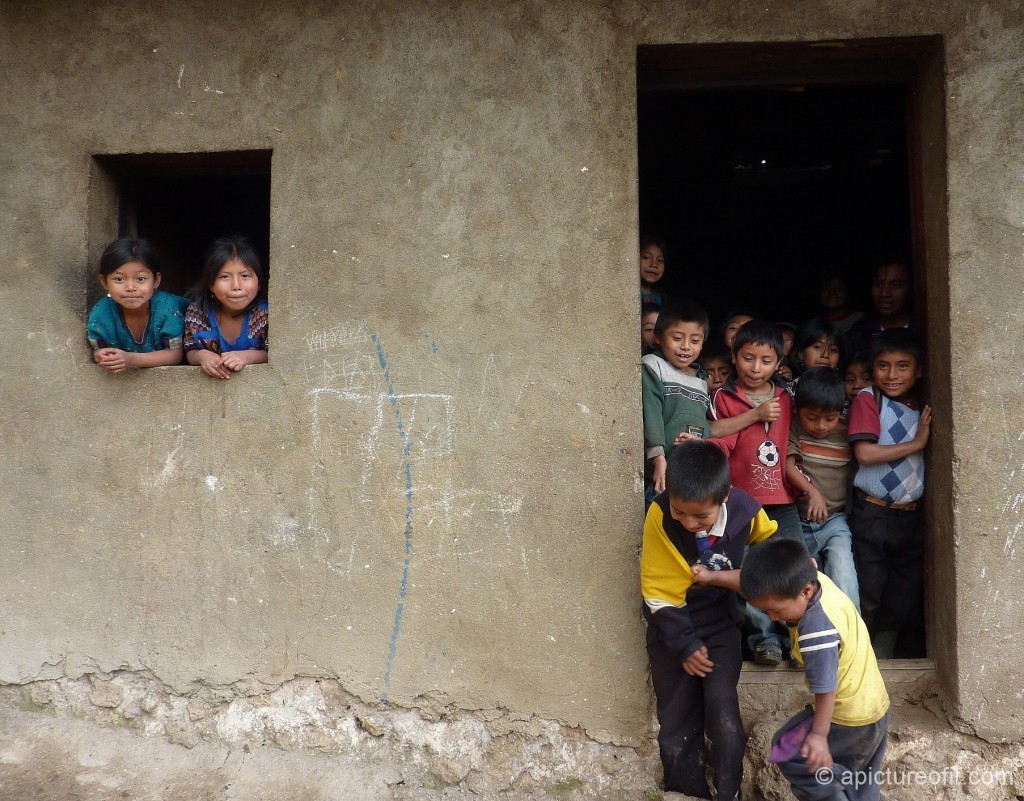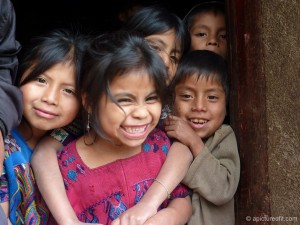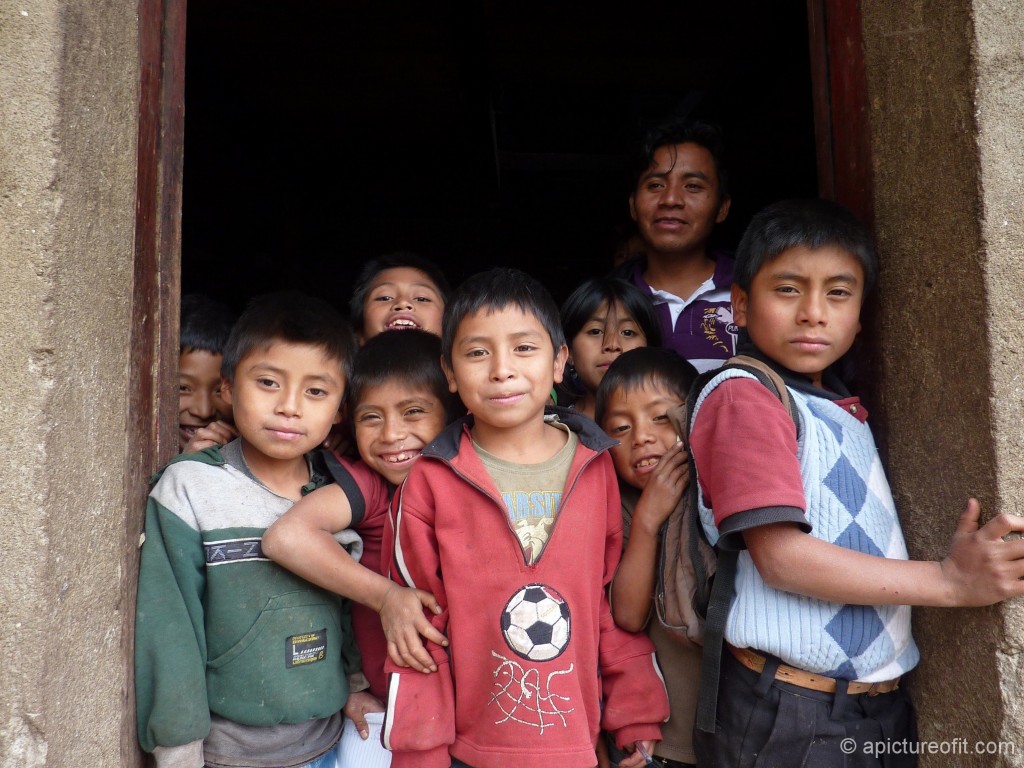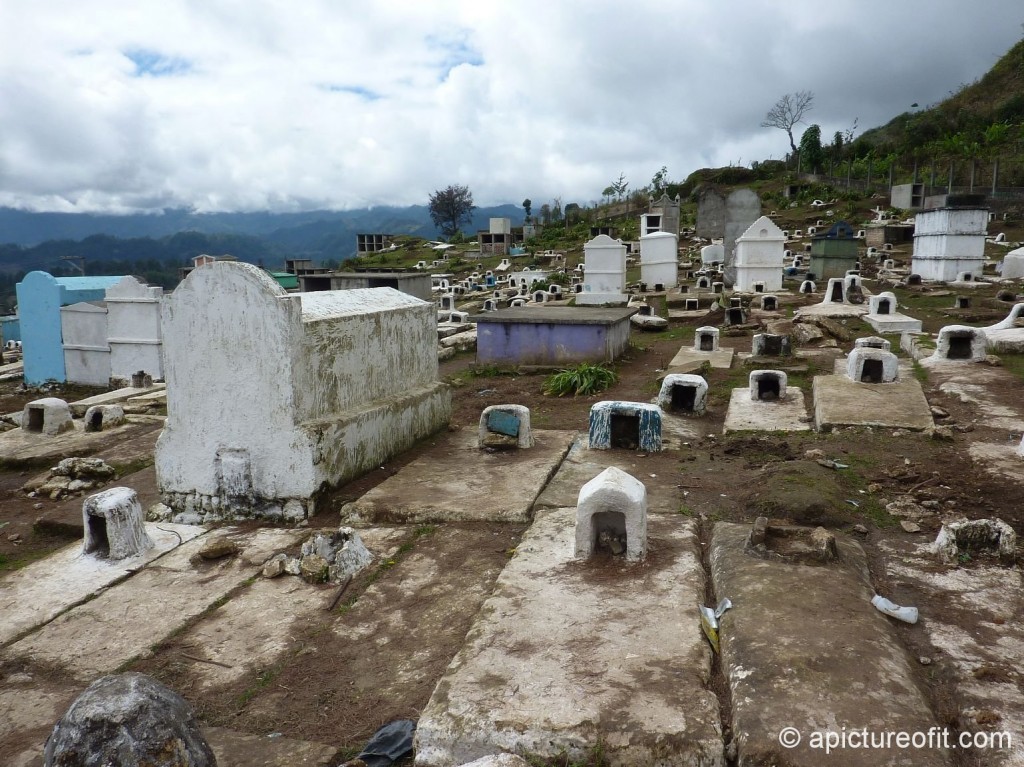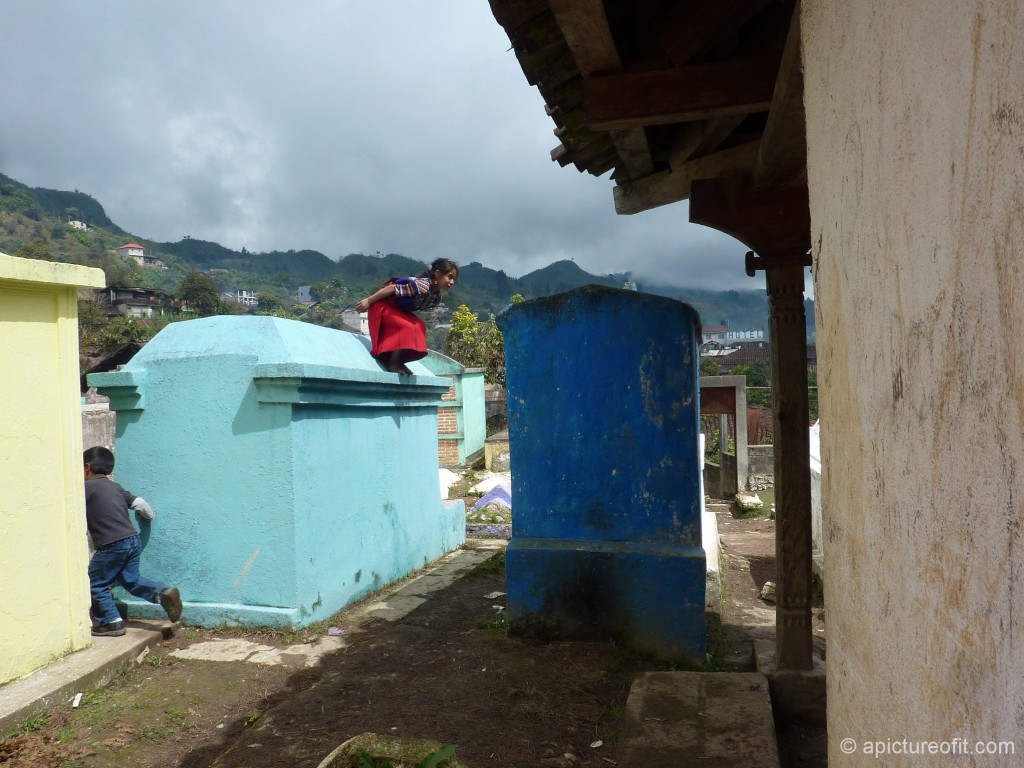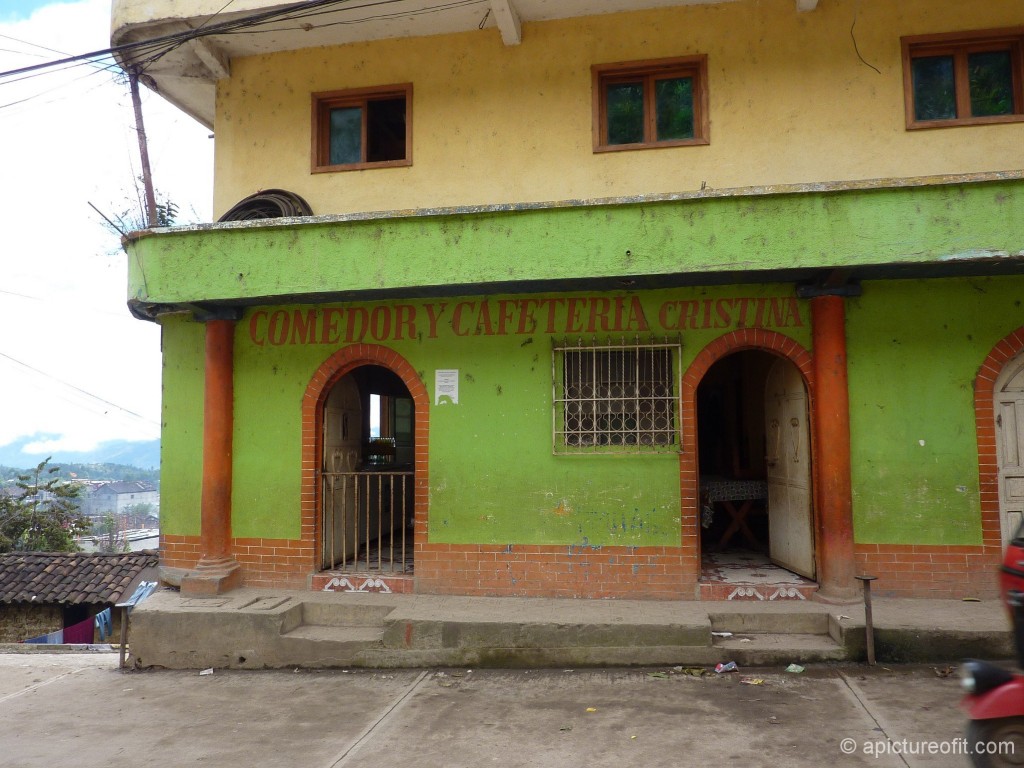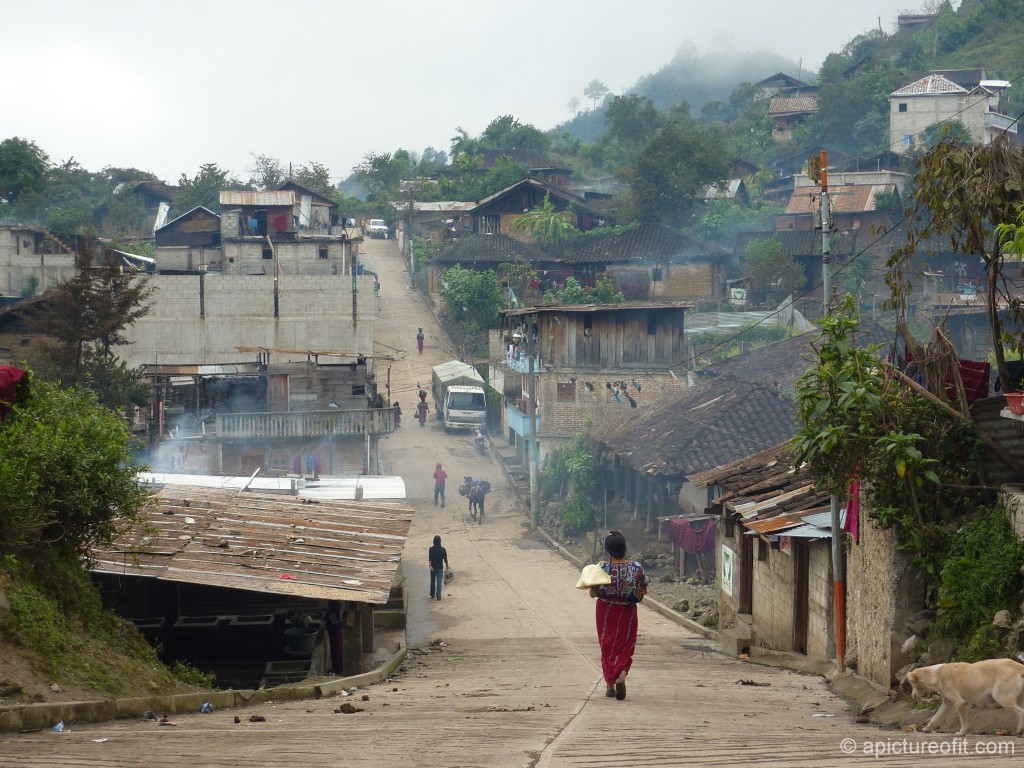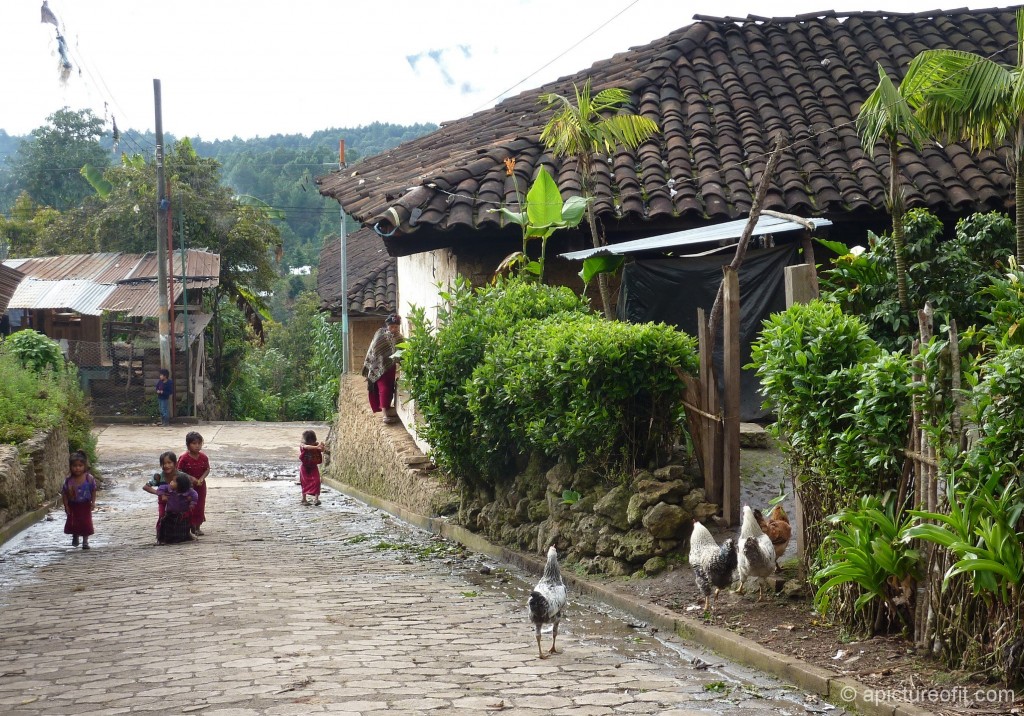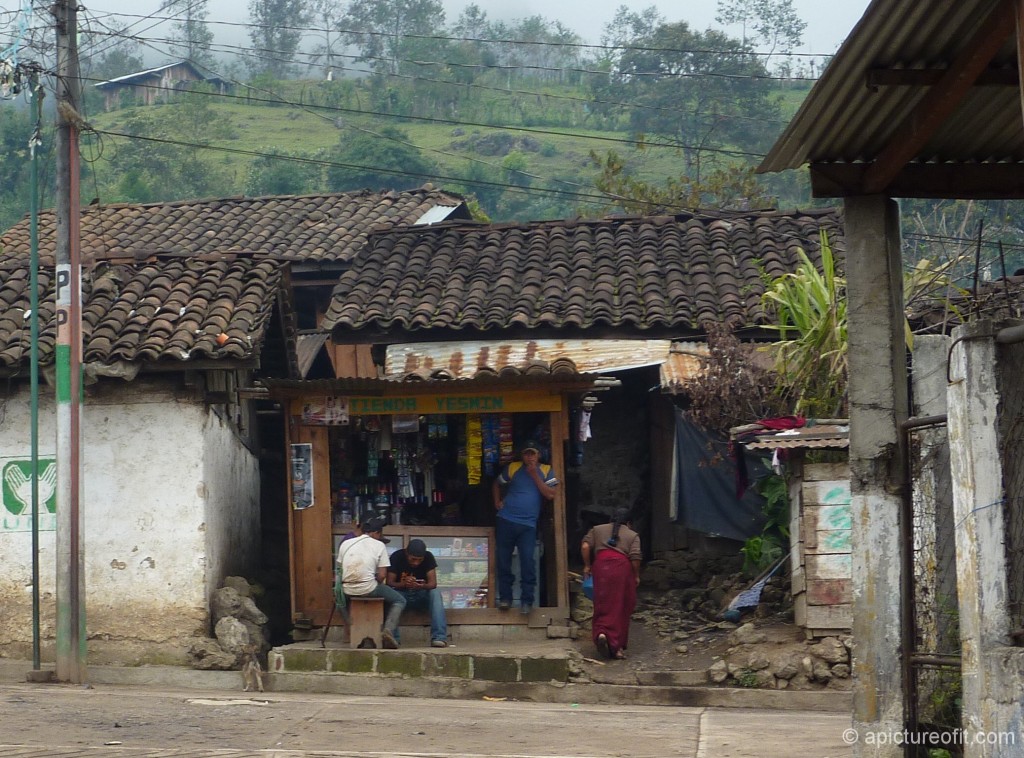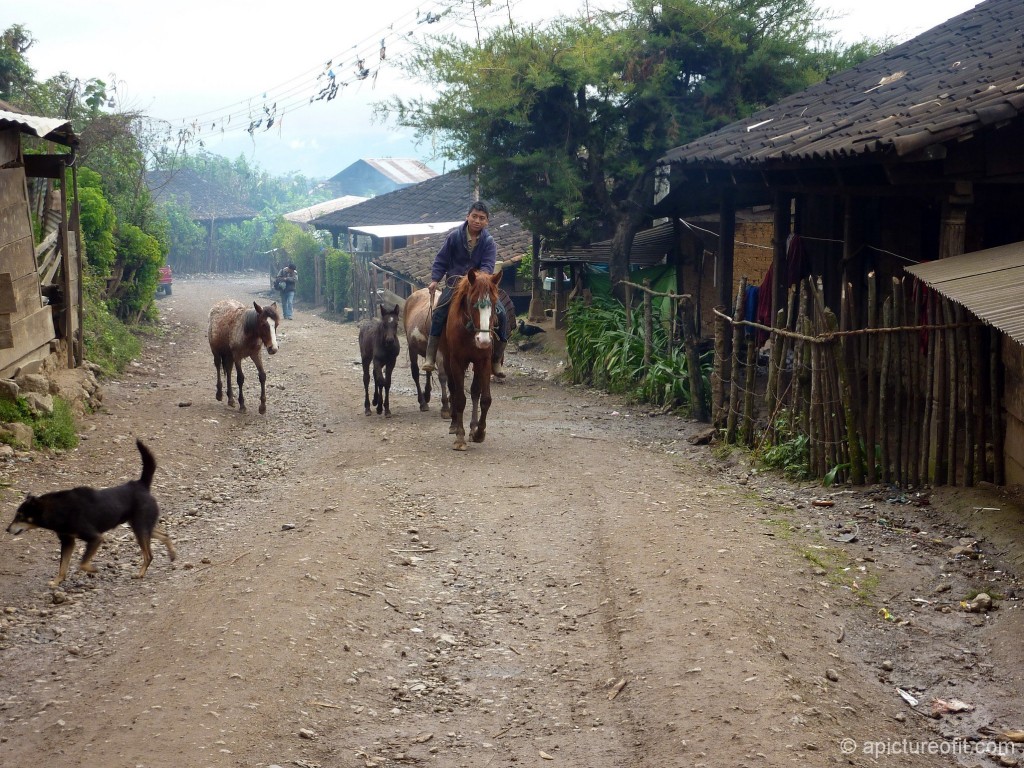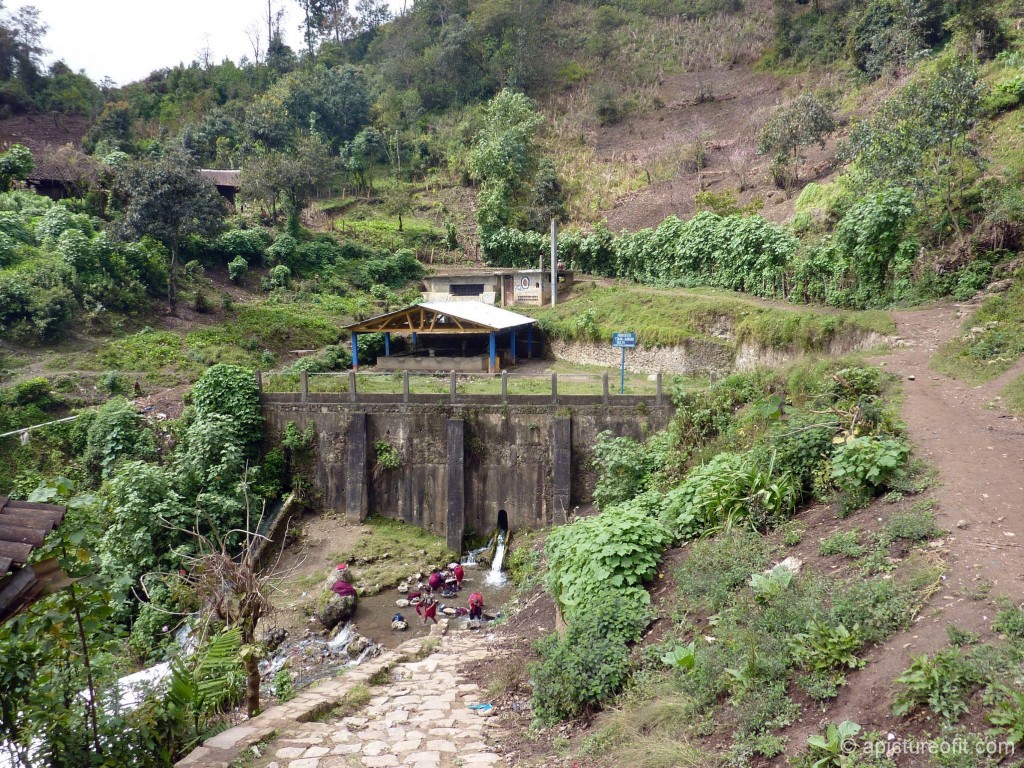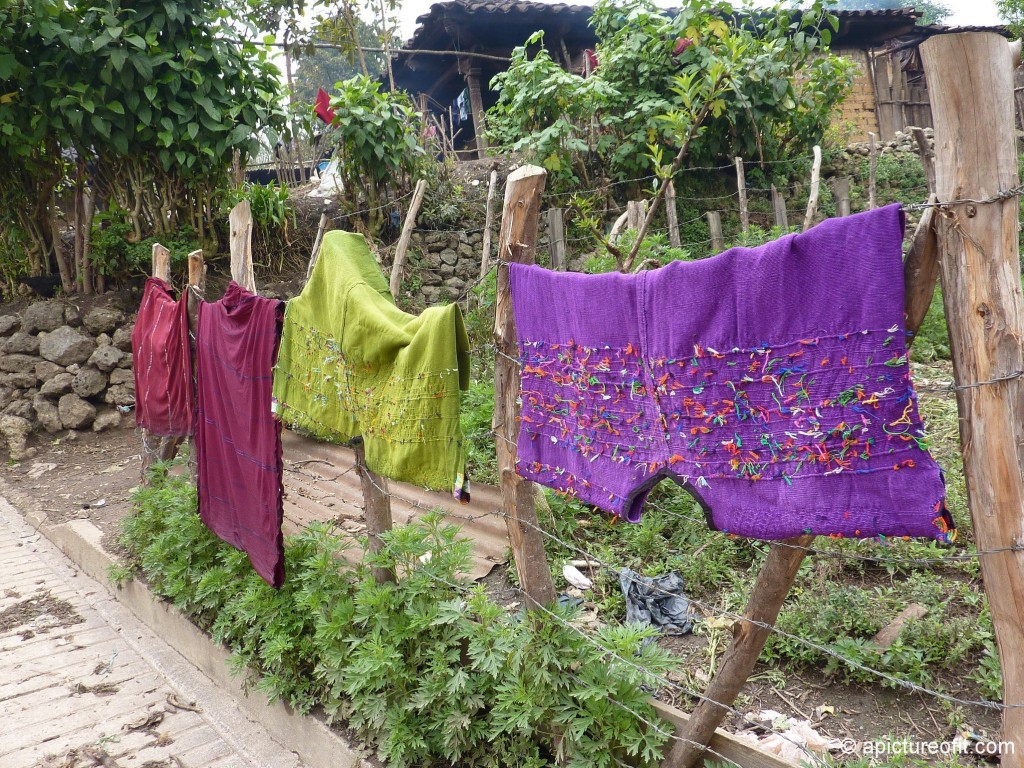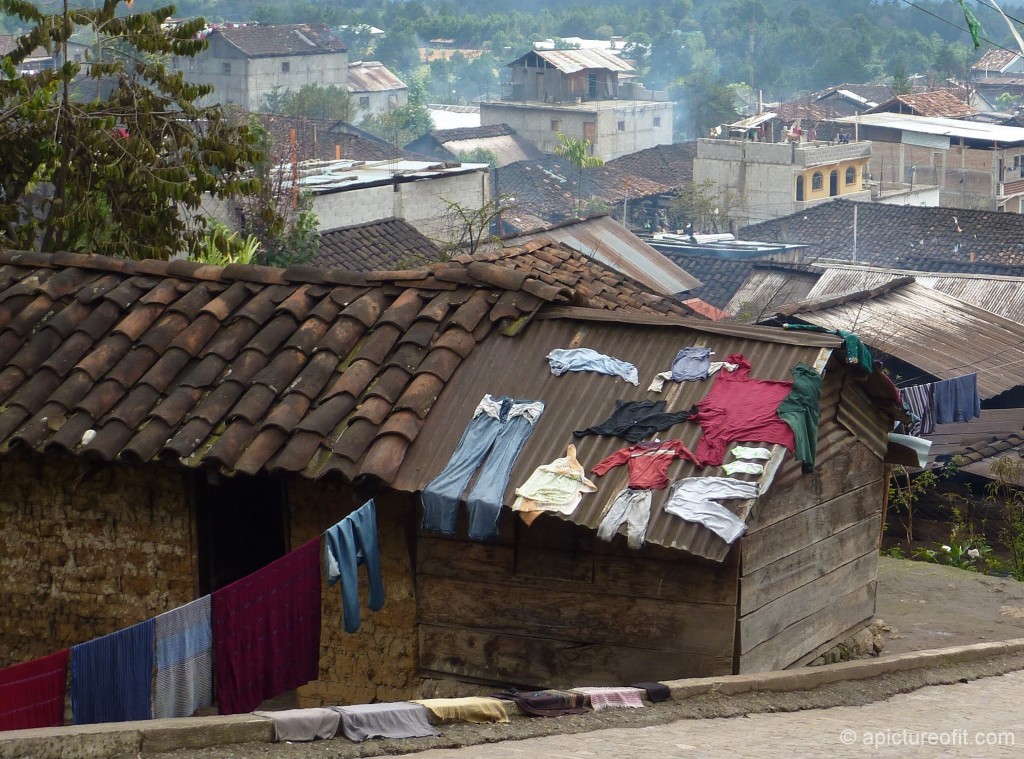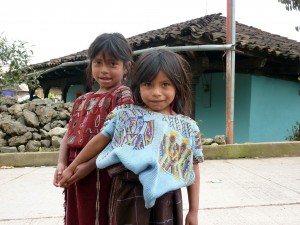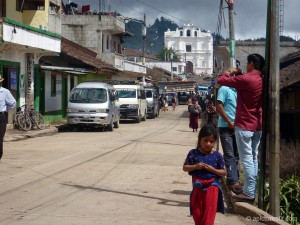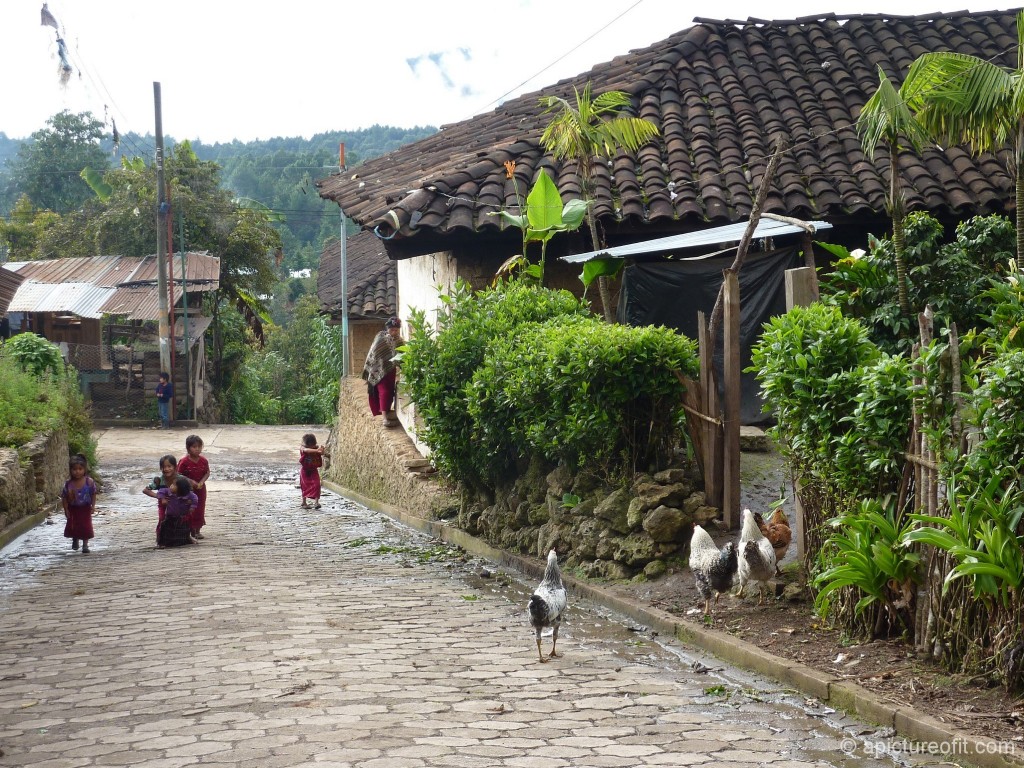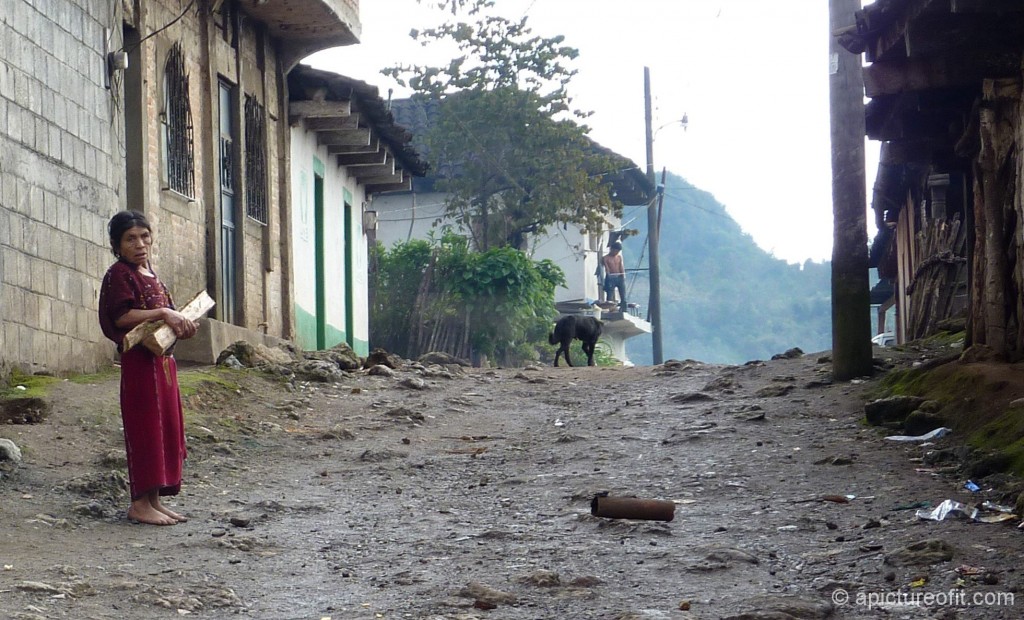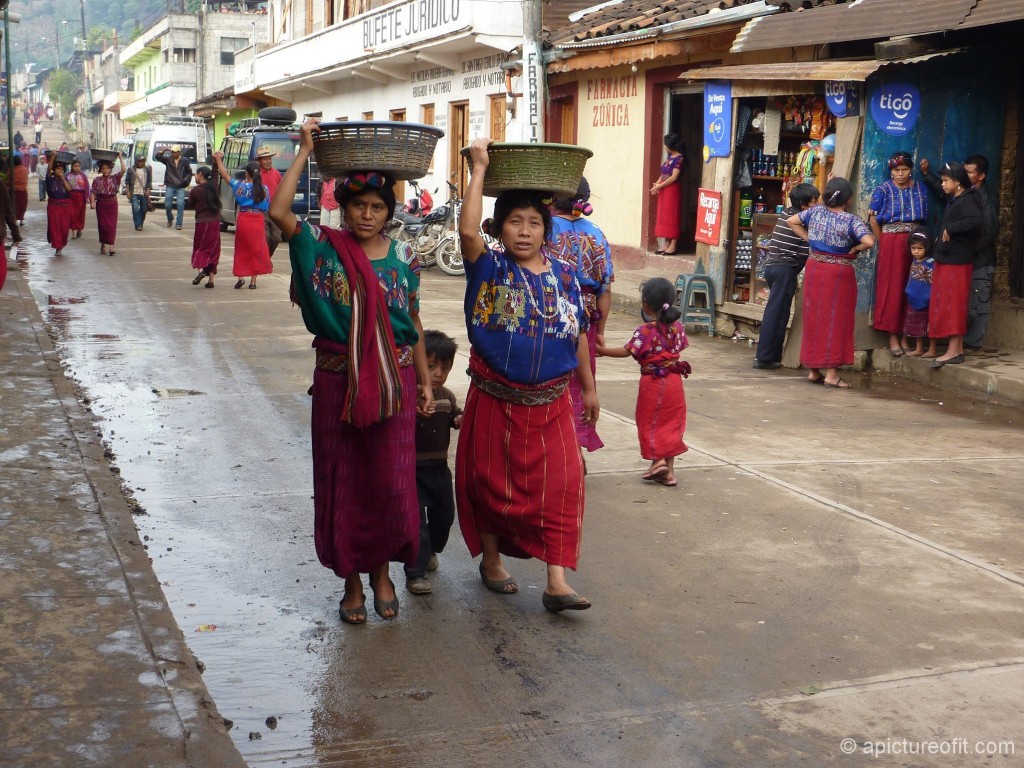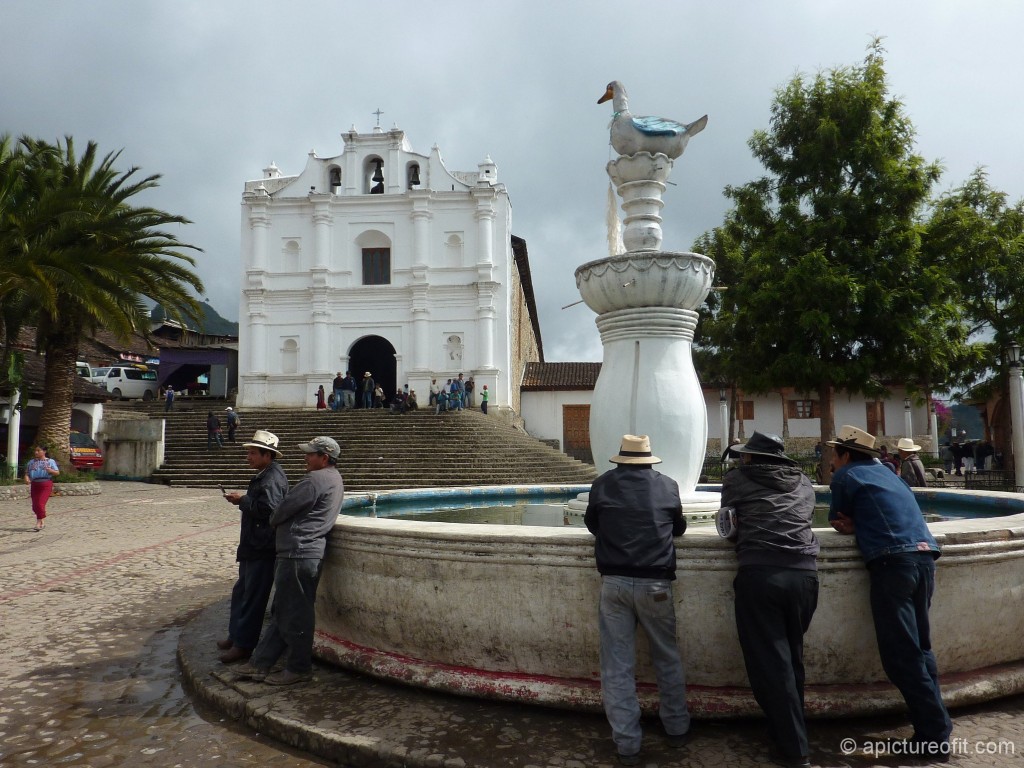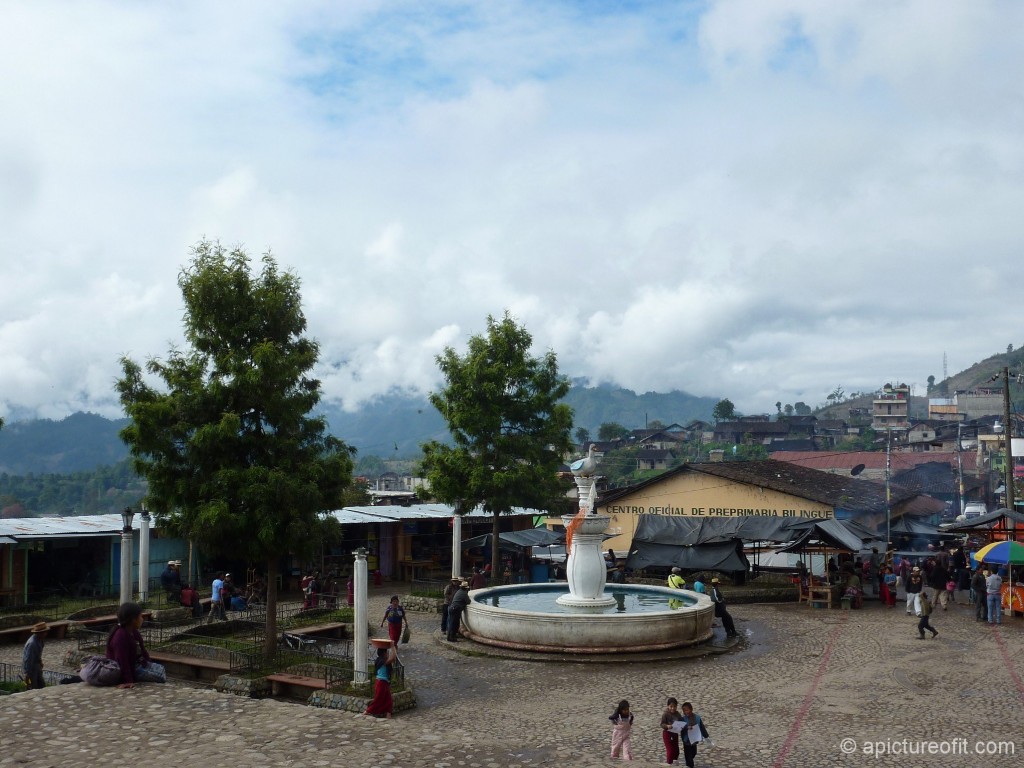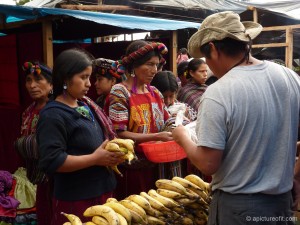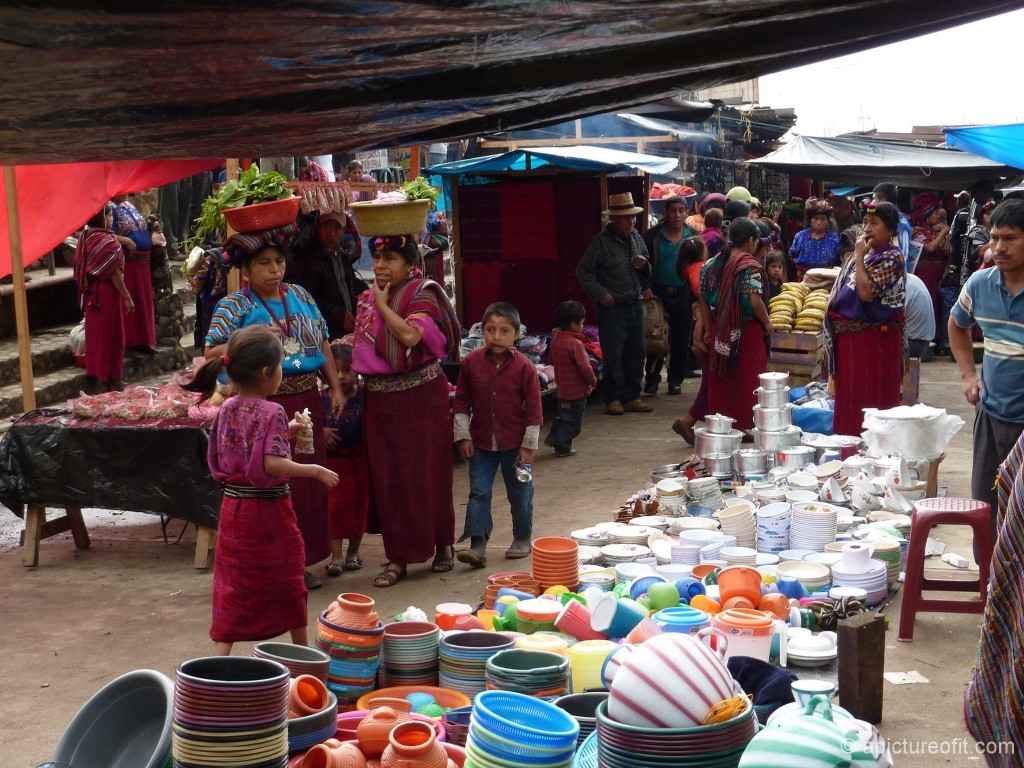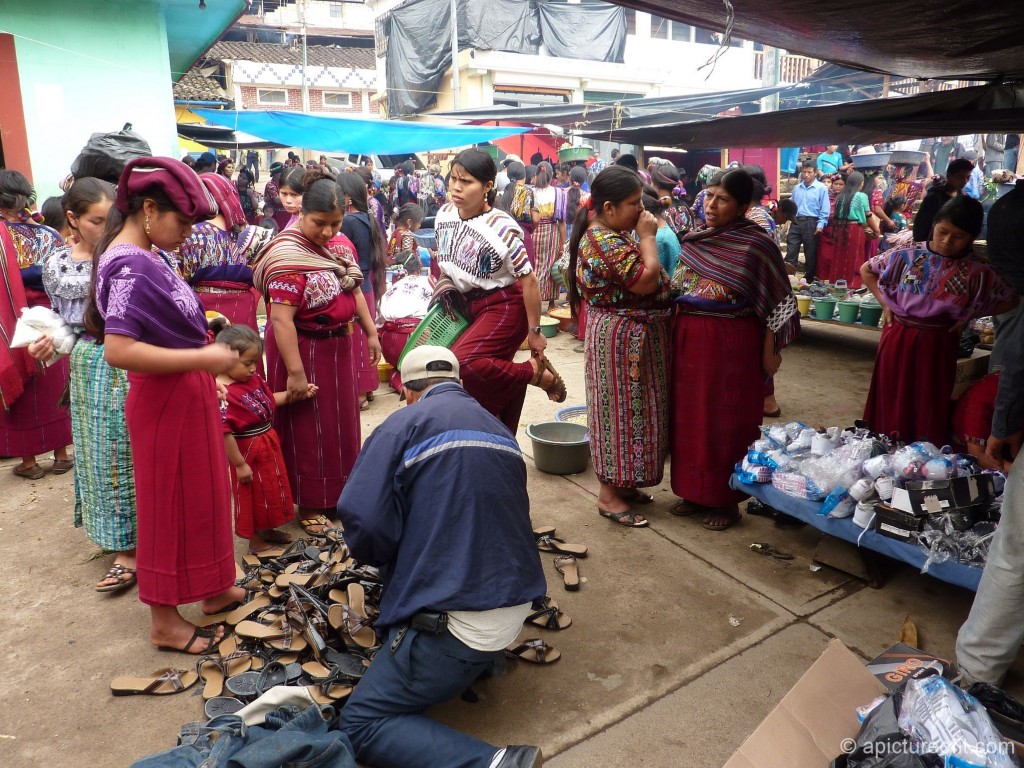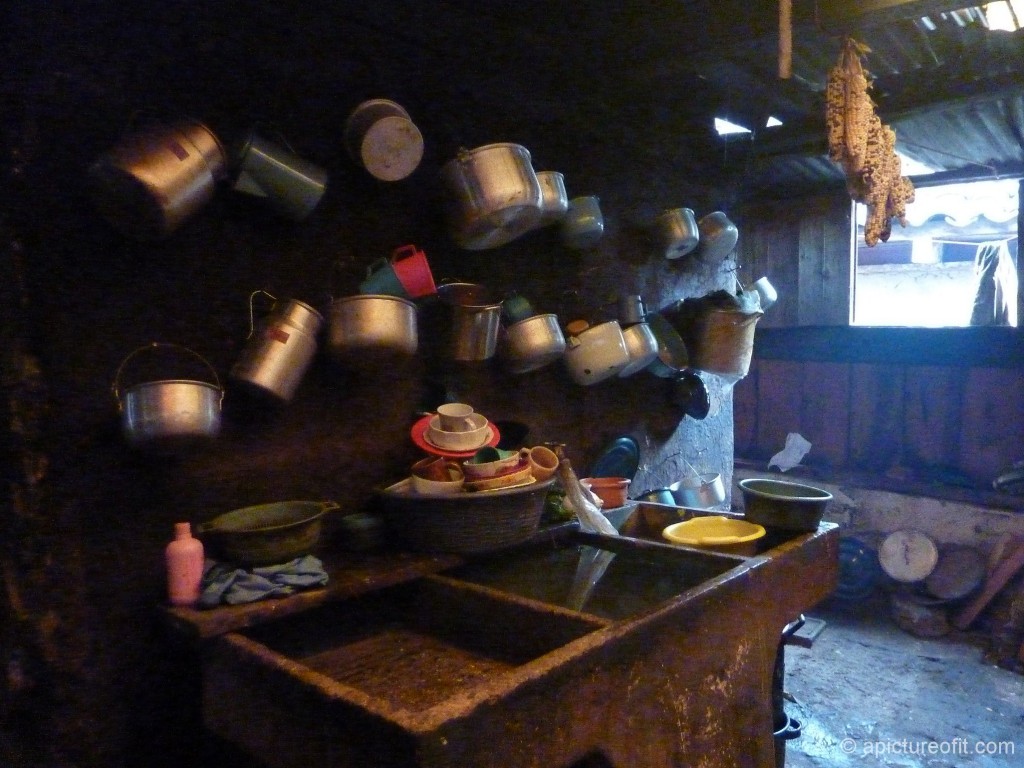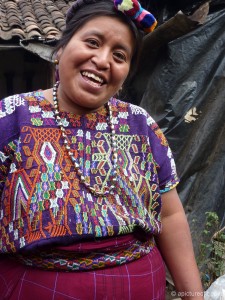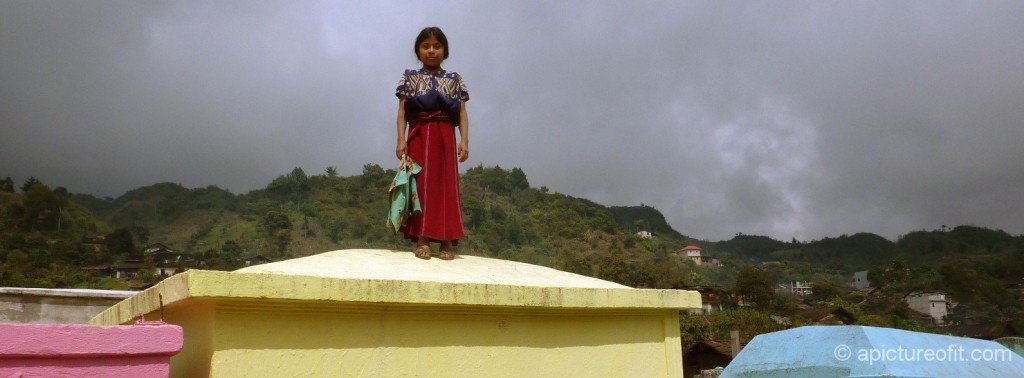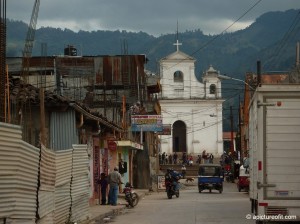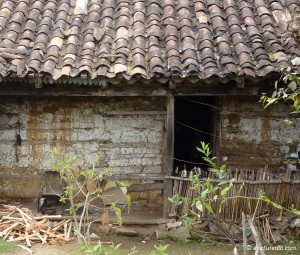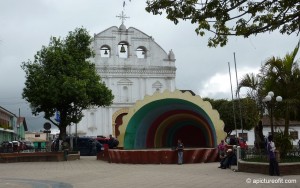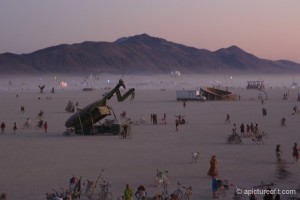 It is nearly quiet here in my edge-of-town Reno garden. There is a soft, consistent, white traffic sound, like a stream flowing hidden among trees, a waterfall behind a knoll of rock, an off-trail Sierra lakeside with afternoon wind moving the tops of the trees. It is never quiet in the way of the desert.
It is nearly quiet here in my edge-of-town Reno garden. There is a soft, consistent, white traffic sound, like a stream flowing hidden among trees, a waterfall behind a knoll of rock, an off-trail Sierra lakeside with afternoon wind moving the tops of the trees. It is never quiet in the way of the desert.
The Black Rock playa, most of the time, is quiet in a manner so dense one can taste it, cut it with a butter knife. No background sounds of wind in the treetops, no muffled music of flowing water.
But there is a small corner of the desert which begins, now, to change – a corner where a city will soon rise. Teams of city builders are gathering, working at the ranch north of Gerlach Nevada, preparing for the August 1st start of on-playa activity.
First the survey crew will lay down the outline of the city – the position of the man, the streets, the perimeter. Then the perimeter fence will be built, followed by setup of the infrastructure (commissary, Dept of Public Works, etc) then Center Camp will begin to rise in the desert. The Temple crew starts their construction, the largest art projects begin to appear. The quiet of the desert, in this one little corner, gradually changes.
By Sunday August 26th, the heart of Black Rock City will light this little bit of playa, the dense desert silence will have ebbed away. Over the ensuing week the city will be populated, will reach its zenith. The sky will fill with flames, the ground will vibrate. And then, as suddenly as it came, this 21st century desert mirage will melt away.
Black Rock City Nevada, will become a temporary ghost town, then will vanish altogether. Like a gold-rush boom town, quickly built, burnt, then reabsorbed into the quiet, vast desert. With a few small differences – this ghost town is cyclic. Like some but not all ghost towns, it disappears entirely, but like no other, it returns the following year.
And it is very nearly time for the builders to begin their work on the playa.
Read John Curley’s first hand reports from the playa describing the start of Black Rock City 2012 and the building of the perimeter fence.




